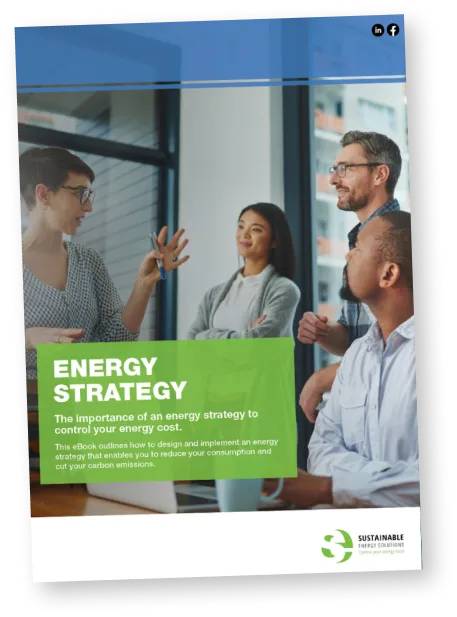Australia is navigating a transformative energy landscape, with concerns over gas market dynamics, the challenges of green hydrogen, and the growth of battery storage. Recent developments highlight the challenges on the path to Australia’s renewable energy future, and potential threats to our energy security.
The Australian Competition and Consumer Commission (ACCC) has raised concerns about Australia’s gas market, urging the federal government to work with Queensland’s three LNG exporters to ensure they free up more gas for the east coast market after learning that the threat of a winter shortfall has worsened. As reported in the Australian Financial Review, the forecast shortfall for the south-eastern states is now expected to reach a record high of 40 petajoules in the September quarter unless the LNG producers keep some uncontracted gas at home. The ACCC report appears to present a more serious risk of a shortfall during peak-demand in winter than last week’s report from AEMO, which put back the risk of east coast shortfalls by three years to 2028.
As reported by the Australian, a $750m green hydrogen plant has been scrapped due to high construction costs and lack of buyer interest. Trafigura, a global commodities company, pulled the plug on the South Australian facility amid industry hurdles ranging from high production costs to energy inefficiencies. Both state and federal governments are supporting the sector with policies and incentives such as the Future Made in Australia plan, yet most green hydrogen projects fail to progress beyond the concept state. Experts state that it takes more energy to produce green hydrogen than it generates when used, while industry supporters maintain it is too early to write off the sector.
Batteries are expected to play an increasingly significant role in providing dispatchable power as part of Australia’s renewable energy future. An article published by Renew Economy shows that Australia’s battery storage capacity is set to grow from 2.3 GW in 2024 to 18 GW by 2035, driven by the transition to renewables, market volatility, and coal plant closures. Batteries will be “required to balance Australia’s volatile power markets by shifting power from times of low demand and high supply to times of high demand and low supply”. Government support through initiatives like the Capacity Investment Scheme has secured 3.9 GW, however these projects are still in very early planning stages.
Finally, a recent article from the Australian Financial Review reports that Federation Asset Management is increasing its investment in long-duration batteries, aiming to support Australia’s growing rooftop solar capacity. The firm plans to develop 4 gigawatt-hours of storage over the next two years, focusing on grid stabilisation and reducing the need for new transmission infrastructure, with significant capital backing.
As Australia works toward a cleaner, more sustainable energy future, strategic investments and policy reforms will be crucial. Growing pains of new sectors such as green hydrogen alongside opportunities presented by battery storage highlight the dynamic and changing landscape of energy in Australia.

